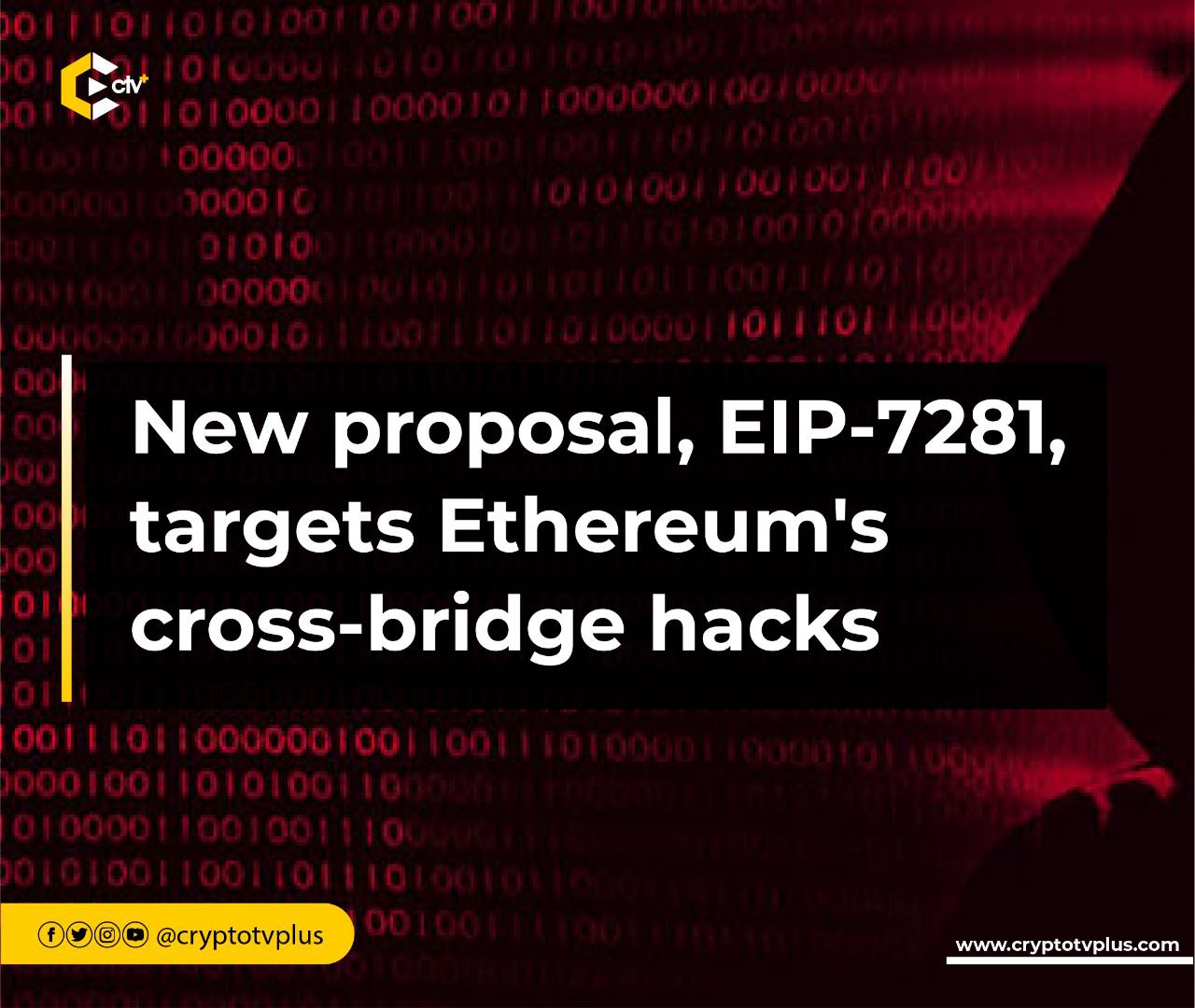News
New proposal, EIP-7281, targets Ethereum’s cross-bridge hacks

The Ethereum community has put forth a new proposal for the blockchain called EIP-7281, also known as xERC20. This update aims to address issues related to token sovereignty, fungibility, and security across various domains, following the alleged exploit on the Multichain protocol a few days ago.
Here’s a breakdown of what the proposal entails:
1) Burn/Mint Interface: This feature allows authorized bridges to initiate the burning or minting of tokens on behalf of the token issuer. The interface can be configured with rate limits.
2) Lockbox: The proposal introduces a simple wrapper contract known as the Lockbox, which consolidates token liquidity from the home chain and facilitates the adoption of existing ERC20 tokens.
In the proposed system, token issuers have the authority to select which bridges they wish to support for a specific domain. They can modify their preferences over time, depending on their confidence in the security of different options.
If a bridge encounters a hack or vulnerability, the risk for the token issuer is confined to the rate limit set for that particular bridge. Importantly, issuers have the flexibility to remove a bridge from their list without necessitating a complex and time-consuming migration process for users.
Further adjustments in user experience
The proposal also tackles user experience and incentives for bridging. It allows issuers to set rate limits based on security measures and trust-minimization practices. Additionally, it eliminates liquidity monopolization, improving predictability and cross-rollup composability.
Moreover, it addresses scalability issues regarding liquidity and security in supporting multiple domains. The goal is to ensure compatibility with existing tokens and popular domains, creating a permissionless pathway for supporting xERC20s.
During the first week of July, the community proposed ERC-7265 as a solution to address DeFi hacks within the ecosystem. The proposal introduces a crucial element called a “circuit breaker” to DeFi protocols on the Ethereum blockchain. This feature allows for the reversal of token transfers in the event of a hacking incident.
Read also; Ethereum’s relentless determination shines through in Q2
























